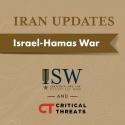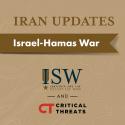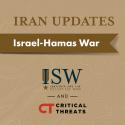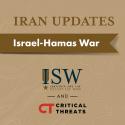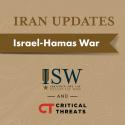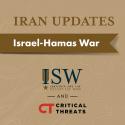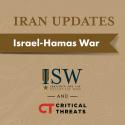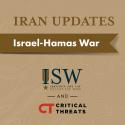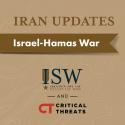Iran Update, August 6, 2024
Aug 6, 2024 - ISW Press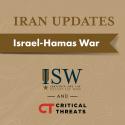
Unspecified US officials told Axios on August 5 that the US intelligence community expects Iran and its Axis of Resistance to conduct two waves of attacks in its retaliation against Israel for the death of Haniyeh in Tehran on July 31. US intelligence officials reportedly briefed a potential scenario to US President Joe Biden and US Vice President Kamala Harris in which Hezbollah would conduct an attack on Israel in a wave separate from another Iranian and Axis attack. Intelligence officials noted that it is not clear whether Iran and the Axis or Hezbollah would launch the first attack. One unspecified US official cited by Axios said that intelligence reports suggest Iranian and Hezbollah planning is a “work in progress.”


